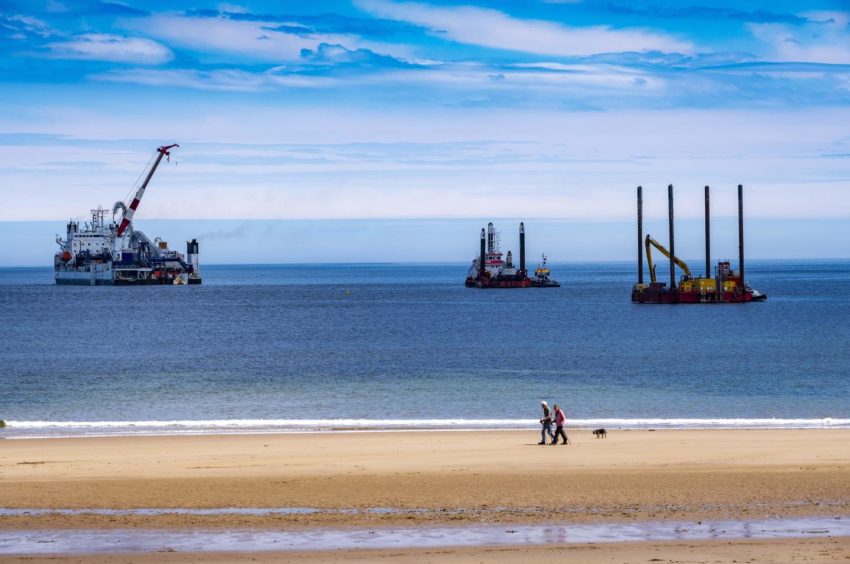
National Grid’s plans to build sufficient transmission to help reach the UK’s 50GW offshore wind target have been welcomed by industry, but some have warned significant ScotWind capacity has so far been omitted.
National Grid ESO published its ‘Pathway to 2030’ report on Thursday, including details of its so-called holistic network design (HND), which would provide a single, integrated approach to support large-scale delivery of electricity from offshore wind.
The HND represents “one of the largest investment plans in critical electricity transmission networks since the 1950s and 60s” the operator said.
The co-ordinated approach would see enough offshore and onshore transmission infrastructure developed to transport 23GW of offshore wind power to consumers, including at locations in North and South Wales, the Scottish Islands and West Coast, and the East Coast of Scotland and Aberdeenshire, Lancashire, North-East England, and Yorkshire & Humber.
Developed with transmission owners and Ofgem, as well as the UK, Scottish, and Welsh Governments, offshore wind developers and environmental stakeholders, the HND primarily includes offshore wind projects that secured seabed leases through The Crown Estate’s fourth offshore leasing round and Crown Estate Scotland’s ScotWind leasing round.
National Grid said the approach could save consumers up to £5.5 billion in costs by 2030 by increasing overall network capacity compared to individual wind farms connections, and reduce the seabed cabling footprint by up to a 30%.
Its added that next steps would involve a follow-on HND to include further offshore wind developments, including all ScotWind projects, by Q1 2023.
However, while welcoming publication of the plans, developer SSE Renewables warned that so far “a significant volume of offshore wind developments, including 15GW of ScotWind projects, have been omitted from the design process.”
SSE said it was “critical” that National Grid follow up these projects outside of the scope of the HND – the 15GW ScotWind capacity in particular – and give them “sufficient visibility” of their connection date and location as soon as possible this year before being finalised in early 2023.
It described the need for the grid operator to “go further and faster to provide clarity to these remaining projects,” and said that any further delays would create greater uncertainty and risk delivery of the 2030 target.
SSE Renewables said it currently has the largest secured UK offshore wind pipeline, at over 8GW of capacity.
The group’s director of offshore wind, Paul Cooley, said: “[The] announcement is a welcome first step in identifying the supporting infrastructure needed to help enable Britain’s transition to net zero through the delivery of 50GW offshore wind by 2030.
“It must be highlighted though that there is a significant volume of offshore wind capacity still without certainty of their connection date and location which needs to be urgently resolved.
“We look forward to continuing to work constructively with the NG-ESO, government and other key stakeholders on how to further accelerate the development and deployment of offshore wind projects. The speed and scale of the challenge demands it.”
Recommended for you
